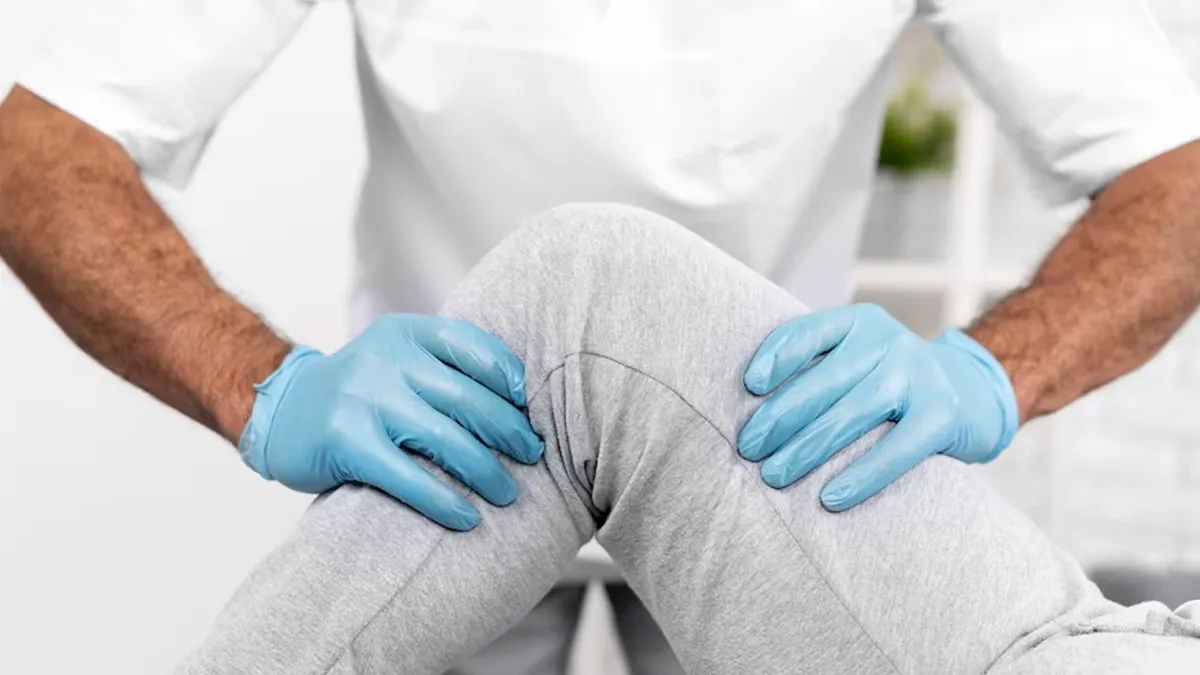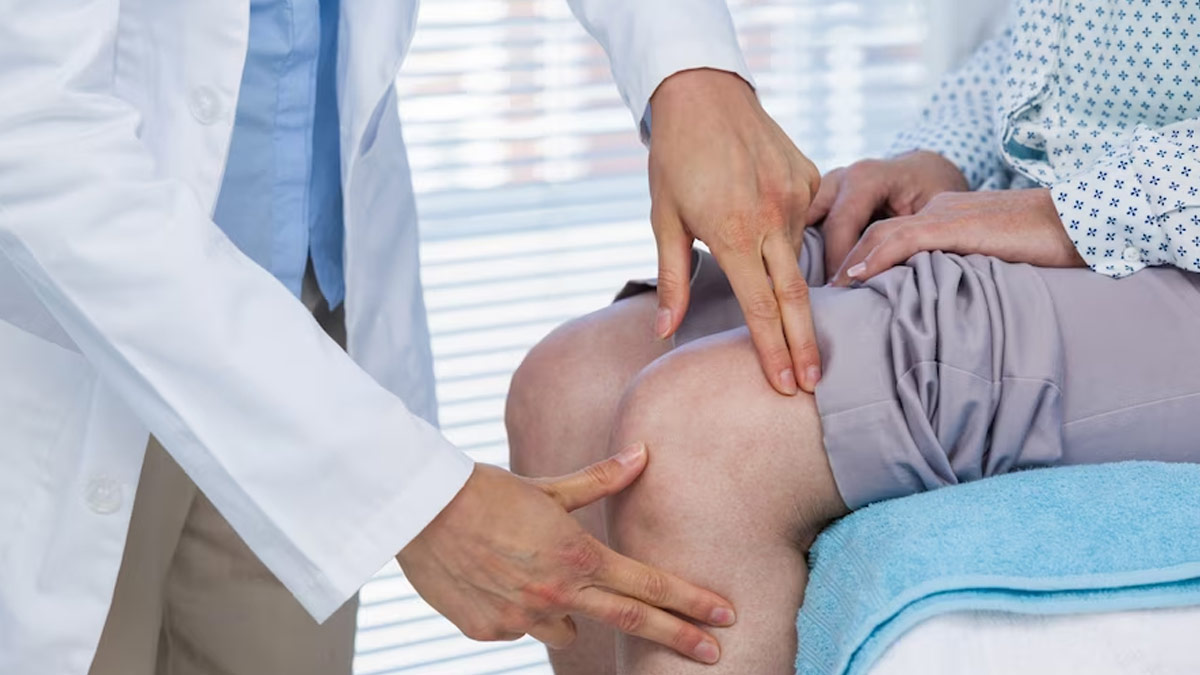
Knee replacement is a life-changing phase of an person’sl life. It helps in restoring mobility, alleviating chronic pain, and enhancing overall well-being. However, the recovery process is delicate and requires patience, discipline, and correct guidance. Minor issues after the surgery can delay recovery, result in complications, or influence long-term implant success. Therefore, knowing what not to do is just as important as following the doctor’s post-operative advice.
Table of Content:-
Top Mistakes To Avoid After Knee Replacement
The editorial team of Onlymyhealth reached out to our expert, Dr Bhumesh Tyagi, Consultant, General Medicine and Physician, Shardacare, Health City, Noida and here are some common mistakes to avoid after knee replacement surgery for effective and risk-free recovery:
1. Avoiding Physical Therapy
“The most frequent error is not attending scheduled physiotherapy sessions,” Dr Tyagi said. Guided movement and exercise are essential for regaining strength, enhancing flexibility within the joints, and maintaining mobility. Procrastination in attending physiotherapy can hinder recovery, cause stiffening as a result of scar tissue, and limit joint mobility. “Patients should initiate careful movements in accordance with their surgeon's recommendation and extend progressively under professional guidance,” he added.
Also Read: Walking and Swimming Found to Ease Knee Pain Better Than Rest, According to BMJ Research

2. Exerting Too Early
On the other hand, some people attempt to go back to normal too early. While eagerness is appealing, overdoing the new joint will stress it, cause more swelling, or even destroy the implant. Squatting, running, or excessive stair climbing must be avoided before receiving clearance from the physician. Rest and progressive increase are needed for long-term success.
3. Disregarding Pain and Swelling
Discomfort after surgery is expected, but extreme or chronic pain, redness, or swelling could indicate infection or implant complications. Neglecting these signs and not seeking medical help could aggravate complications. Frequent icing with ice packs, elevating the leg, and bringing unusual pain to the attention of the doctor are crucial aspects of recovery management.
4. Inadequate Wound Care
Clean wound care guarantees against infection. Forgetting to keep the incision dry and clean or not changing dressings as advised can cause infections that may necessitate further surgery. “Do not soak the wound in water until it has healed completely and inspect it every day for redness, discharge, or heat,” he advised.
Also Read: Unable To Kneel Or Fold Your Legs? It May Be More Than Just Ageing Joints

5. Missing Medications
Pain medications and antibiotics given post-surgery are essential for comfort and avoiding complications. Missed doses or early stopping of medication can slow healing. Blood thinners, if prescribed, also prevent life-threatening clots in the legs (deep vein thrombosis).
6. Failure to Adhere to Dietary Instructions
“Nutrition is underemphasised yet crucial in the process of healing after knee-replacement surgery,” Dr Tyagi pointed out. Eating a protein-deficient, balanced diet aids in tissue repair and allows muscles surrounding the joint to get stronger. Avoiding foods rich in sodium reduces swelling. Hydration also needs to be maintained, and alcohol or smoking must be avoided, as these impede healing.
7. Sitting or Lying Down for Too Long
Long periods of immobility following surgery can lead to stiffness as well as an increased risk of blood clots. Gently moving regularly, taking short walks, and gentle exercises (as recommended by a physiotherapist) provide ongoing blood circulation and flexibility to the joints.
Bottomline
Recovering from knee replacement surgery is a process that requires dedication, diligent care, and a positive attitude. Avoid these typical errors to have a smoother recovery and enjoy the new joint longer with maximal performance.
Also watch this video
FAQ
1. How long does it take to completely recover after knee replacement?
Most patients can resume normal activities within 3–6 months, but complete recovery and strength rebuilding may take up to a year, depending on individual progress.2. Can knee replacement patients climb stairs after surgery?
Yes, but only when cleared by a doctor or physiotherapist. Initially, patients should use support and follow proper techniques to avoid strain.3. What activities should be avoided permanently after knee replacement?
High-impact activities such as running, jumping, or skiing need to be avoided. Low-impact activities like walking, swimming, or cycling are more useful for joint health.
How we keep this article up to date:
We work with experts and keep a close eye on the latest in health and wellness. Whenever there is a new research or helpful information, we update our articles with accurate and useful advice.
Current Version
Nov 08, 2025 20:37 IST
Published By : Chanchal Sengar